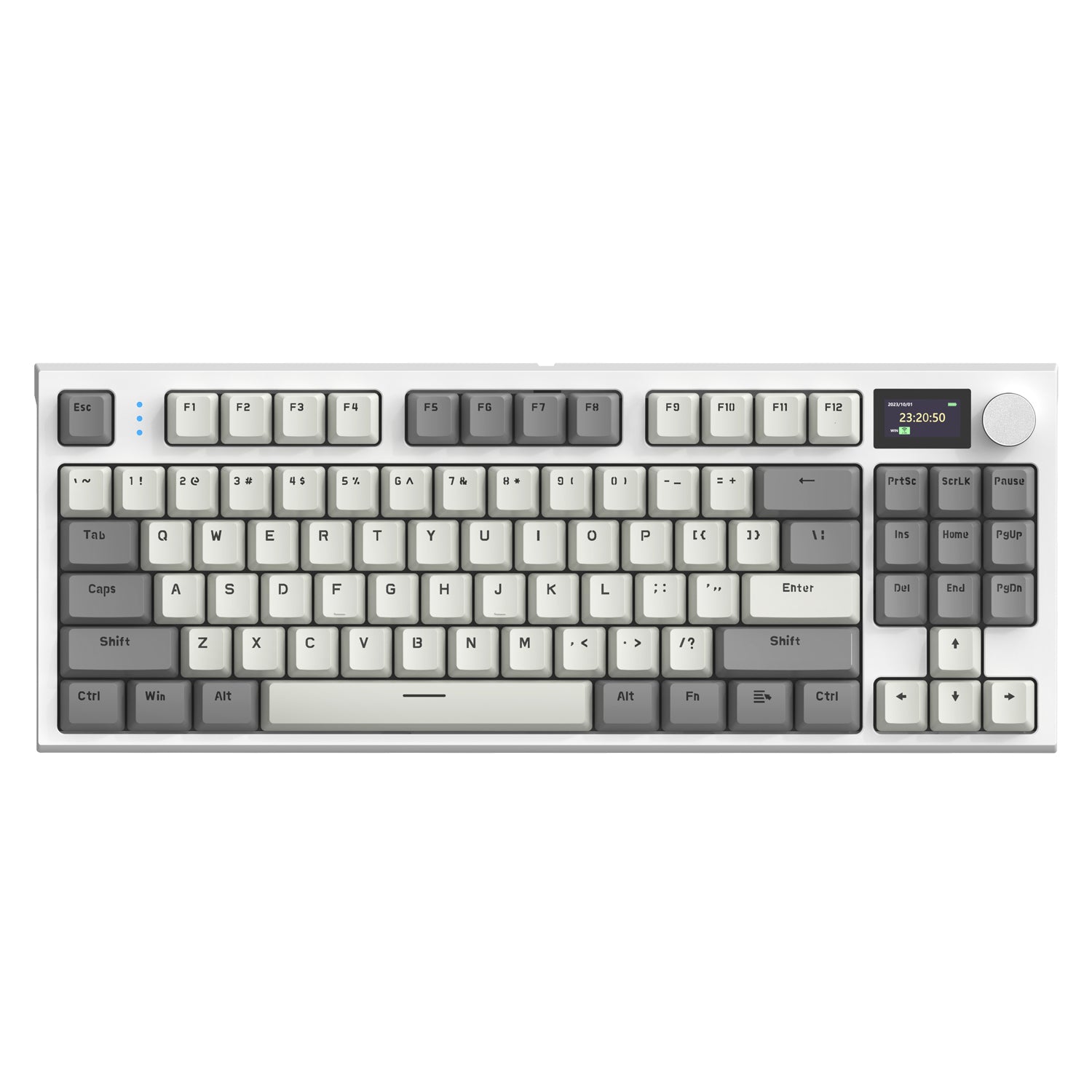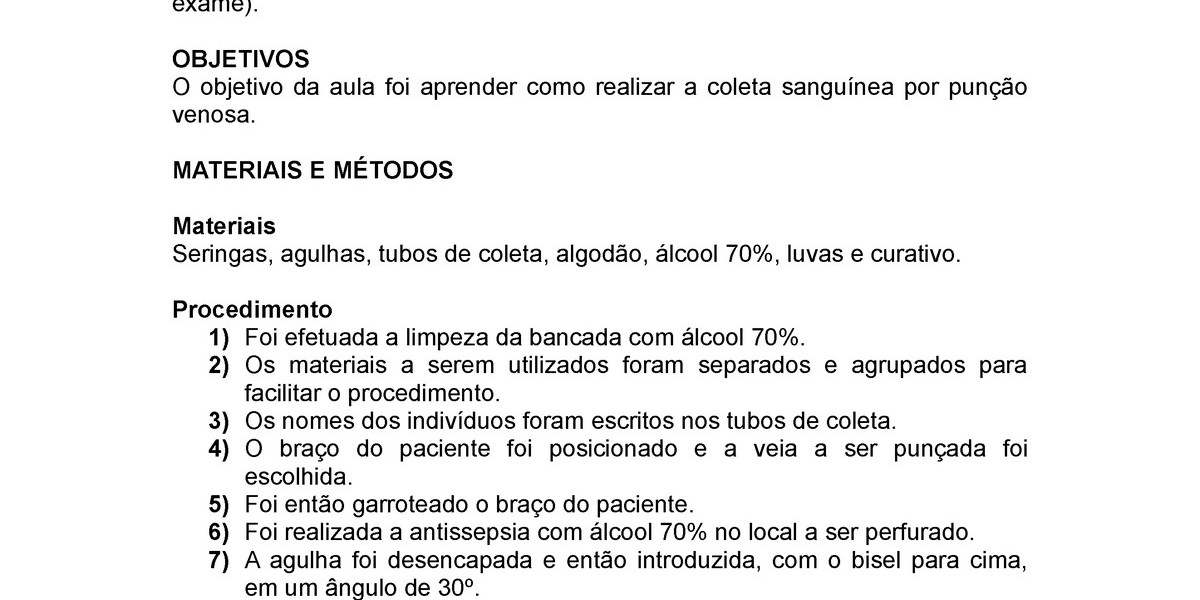Unlock the Secrets: Why a Tactile-Feedback Keyboard Might Just Change Your Typing Game Forever!
In the ever-evolving world of technology, typing tools play a crucial role in our daily tasks, whether we're typing an important report, gaming with friends, or chatting online. Among the various options available, tactile-feedback keyboards have gained significant popularity among typists, gamers, and professionals alike. These keyboards provide a unique typing experience that many find superior to traditional options. Tactile feedback enhances the typing experience by offering physical sensations that indicate key presses, which can lead to improved typing accuracy and speed. This article aims to help you decide whether investing in a tactile-feedback keyboard is the right choice for you.

Understanding Tactile-Feedback Keyboards
Tactile-feedback keyboards are designed to provide a noticeable bump when a key is pressed, signaling to the user that the key has been actuated. This mechanism differs from other keyboard types, such as membrane or rubber dome keyboards, which may lack this tactile response. The tactile feedback is often achieved through a specific type of mechanical switch that engages when pressed. Users report that this feedback not only makes typing more enjoyable but also enhances their overall accuracy and speed. The physical sensation helps typists gauge their keystrokes without needing to look at the keyboard, promoting a more fluid and confident typing experience.
Benefits of Using Tactile-Feedback Keyboards
The advantages of tactile-feedback keyboards are numerous and can significantly improve your typing experience. First, they offer enhanced typing comfort, reducing strain on fingers during long typing sessions. Users often mention feeling less fatigued compared to using other keyboard types, making these keyboards ideal for professionals who spend hours at their desks. Moreover, the tactile sensation can enhance typing pleasure, as many users find the 'click' satisfying. A friend of mine, an avid writer, switched to a tactile-feedback keyboard and noted how it made her writing feel more engaging, as she could hear and feel her progress with every keystroke. This connection between the user and the keyboard can lead to increased productivity and a more enjoyable typing experience.
Comparing Tactile-Feedback Keyboards with Other Types
When considering a tactile-feedback keyboard, it's essential to understand how it compares to other types of keyboards, such as membrane, rubber dome, and mechanical keyboards. Membrane keyboards are quieter and often more affordable, but they lack the tactile feedback that many users crave, leading to a less satisfying typing experience. Rubber dome keyboards provide some level of feedback but can feel mushy and imprecise. Mechanical keyboards, on the other hand, can offer tactile feedback as well, but not all are designed with this feature in mind. Tactile-feedback keyboards typically fall under the mechanical category but are distinguished by their specific switches that enhance the typing experience. For gamers or users who appreciate the responsiveness and feel of each keypress, tactile-feedback keyboards often become the preferred choice due to their ability to provide a reliable and enjoyable typing experience.
Factors to Consider When Purchasing a Tactile-Feedback Keyboard
Before purchasing a tactile-feedback keyboard, several key factors should be considered. The type of key switches used is paramount; different switches offer varying levels of tactile feedback and noise. For instance, some switches are designed to be quieter, which may be essential in shared workspaces. Build quality is another important factor, as a well-constructed keyboard can enhance longevity and performance. Ergonomics play a significant role in user comfort as well; a keyboard that fits well with your typing posture can prevent strain and discomfort during extended use. Additionally, consider the noise level of the keyboard, especially if you work in a quiet environment. Each of these factors will impact your overall satisfaction with the keyboard, so it's worth taking the time to evaluate them thoroughly.
Where to Find Quality Tactile-Feedback Keyboards
Finding a reliable source for tactile-feedback keyboards can enhance your purchasing experience. Start by researching online reviews to gather insights from other users. Community discussions and forums can also provide valuable feedback about specific models. If possible, visiting a local store to test keyboards in person allows you to feel the tactile feedback firsthand, ensuring it meets your preferences. Pay attention to the layout, key feel, and overall comfort during your visit. Exploring different options will empower you to make an informed decision, ultimately leading to a satisfying purchase.
Embracing the Tactile Typing Revolution
In summary, tactile-feedback keyboards offer a wealth of benefits that can significantly enhance your typing experience. From improved accuracy to increased comfort, these keyboards provide a unique advantage over traditional options. As you weigh the pros and cons, consider your own typing needs and preferences—what works for one person may not work for another. By exploring tactile-feedback keyboards, you may discover a new level of typing satisfaction that transforms your daily tasks. Embrace the journey of finding the perfect keyboard that aligns with your style and enhances your productivity!








